20 Small Repairs That Can Prevent Huge Expenses Later

When it comes to home maintenance, the saying “an ounce of prevention is worth a pound of cure” couldn’t be more accurate. Ignoring small issues around your home may seem harmless in the moment, but over time, those tiny problems can snowball into massive—and massively expensive—repairs. The good news? Most of these repairs are simple, affordable, and can be done in a weekend. With a little time and effort, you can save yourself thousands of dollars and preserve the value and safety of your home. Here are 20 small repairs that, if handled early, can help you avoid much bigger headaches down the road.
1. Fix Leaky Faucets
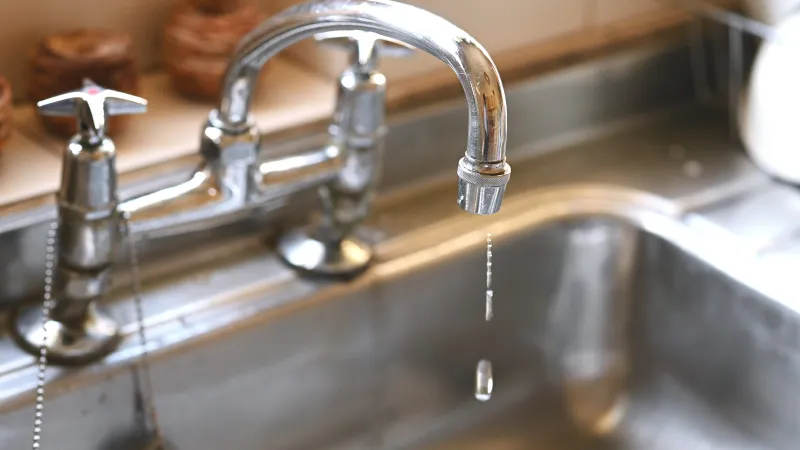
What starts as a minor drip can waste gallons of water each day. Beyond inflating your water bill, this consistent moisture can cause unseen damage beneath your sink or behind the walls.
Over time, the damp environment can lead to mold growth, warped wood, and ruined cabinetry. A leaky faucet is often just a worn-out washer or cartridge—an easy fix for even a novice DIYer. Ignoring it, however, could cost you hundreds in utility and repair bills.
2. Seal Window and Door Gaps
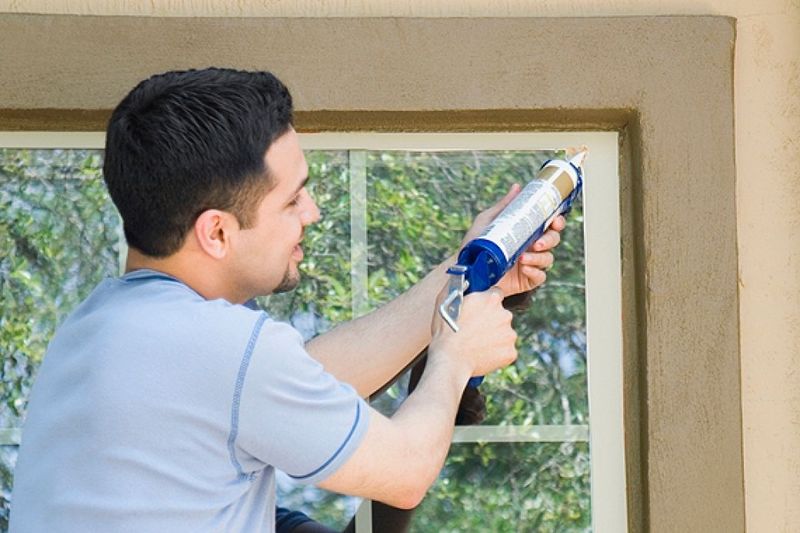
Cold drafts in winter and hot air leaks in summer are often caused by tiny gaps around windows and doors. These small cracks strain your HVAC system, driving up energy costs.
By applying weatherstripping or caulking, you can instantly improve your home’s insulation. This not only reduces your monthly utility bills but also makes your home more comfortable. It’s a simple fix that takes less than an hour but delivers long-term savings.
3. Patch Small Roof Leaks
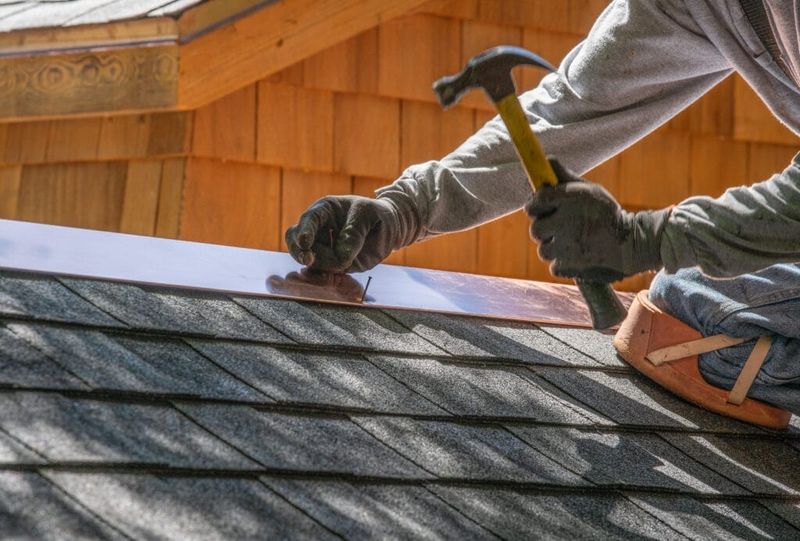
That tiny stain on your ceiling may be a red flag. Small leaks in your roof can lead to major water damage, including soaked insulation, mold, and rotten rafters.
Patching a leak early on might only cost you the price of a tube of roofing cement. But wait too long, and you could be looking at structural repairs or even a full roof replacement. Regular inspections and prompt repairs are essential for avoiding these hefty costs.
4. Clean Gutters Regularly
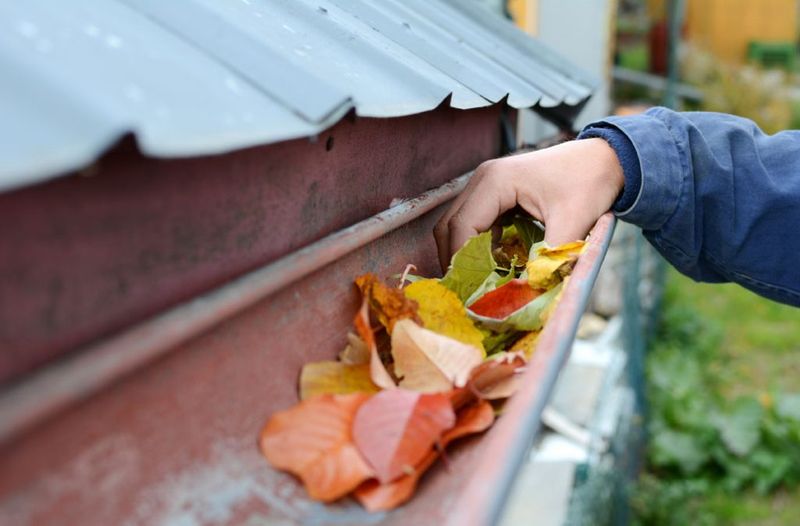
That tiny stain on your ceiling may be a red flag. Small leaks in your roof can lead to major water damage, including soaked insulation, mold, and rotten rafters.
Patching a leak early on might only cost you the price of a tube of roofing cement. But wait too long, and you could be looking at structural repairs or even a full roof replacement. Regular inspections and prompt repairs are essential for avoiding these hefty costs.
5. Re-Caulk Bathtubs and Showers
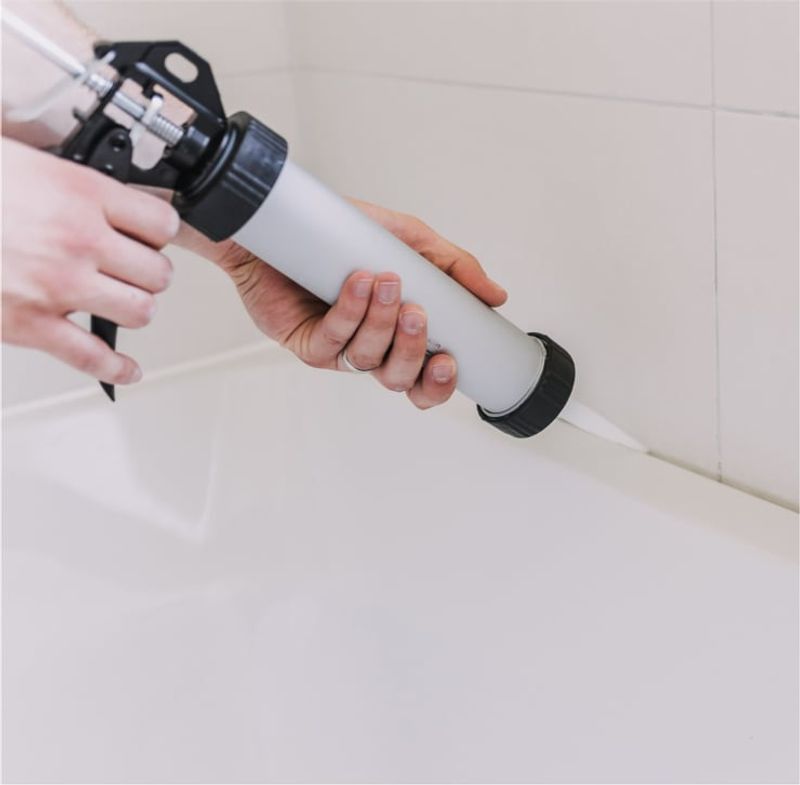
Water can sneak into the smallest cracks. In your bathroom, deteriorating caulk allows moisture to seep behind tiles and into the walls, where it silently causes damage.
Re-caulking a tub or shower only takes about an hour and costs a few dollars. It can protect your subfloor and framing from rot and mold. When caulk gets moldy or cracked, replace it immediately to maintain a clean, waterproof seal.
6. Repair Cracks in Driveways
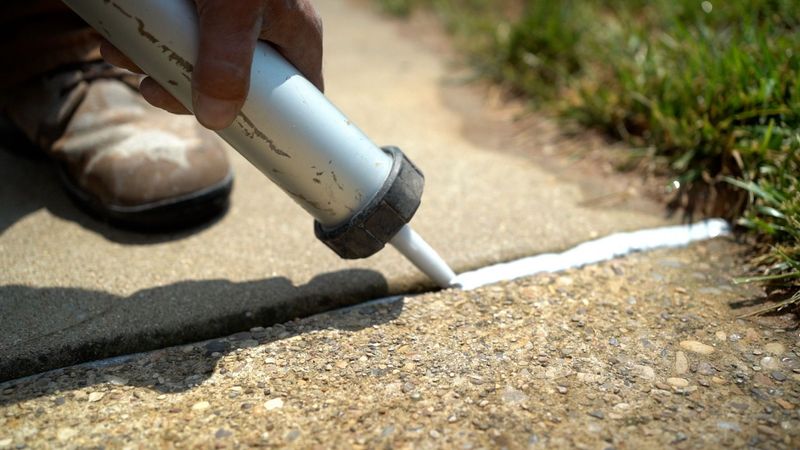
Small cracks in concrete or asphalt may seem harmless, but they allow water to penetrate the surface. When the temperature drops, that water freezes, expands, and makes the cracks worse.
Over time, these little blemishes can become potholes or wide fractures that require full resurfacing. A small patch kit or sealant now could save you thousands in future repair or replacement costs. Act early to keep your driveway solid and smooth.
7. Fix Running Toilets
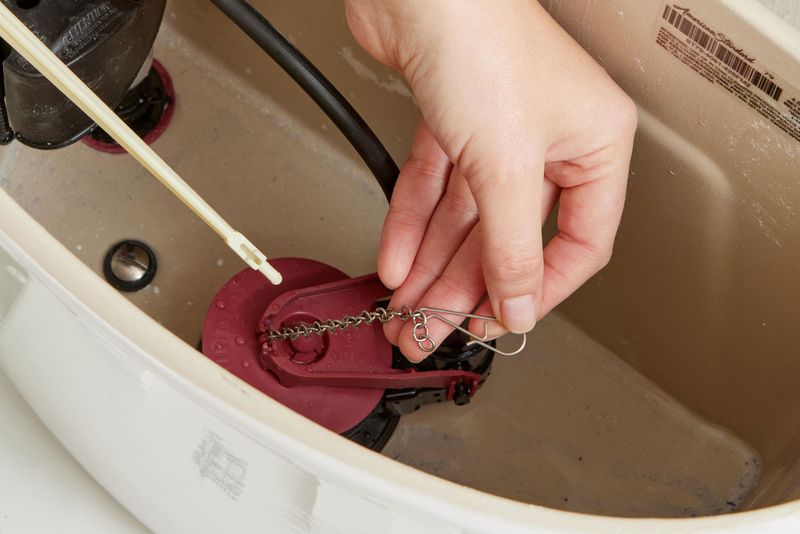
The soft hiss of a running toilet isn’t just an annoyance—it’s a steady leak that wastes up to 200 gallons of water a day.
Often, the cause is a worn-out flapper or faulty fill valve, which can be replaced in under 30 minutes for less than $20. Letting it go can cost you in both water bills and potential plumbing damage. It’s one of the easiest fixes with one of the biggest payoffs.
8. Touch Up Peeling Paint
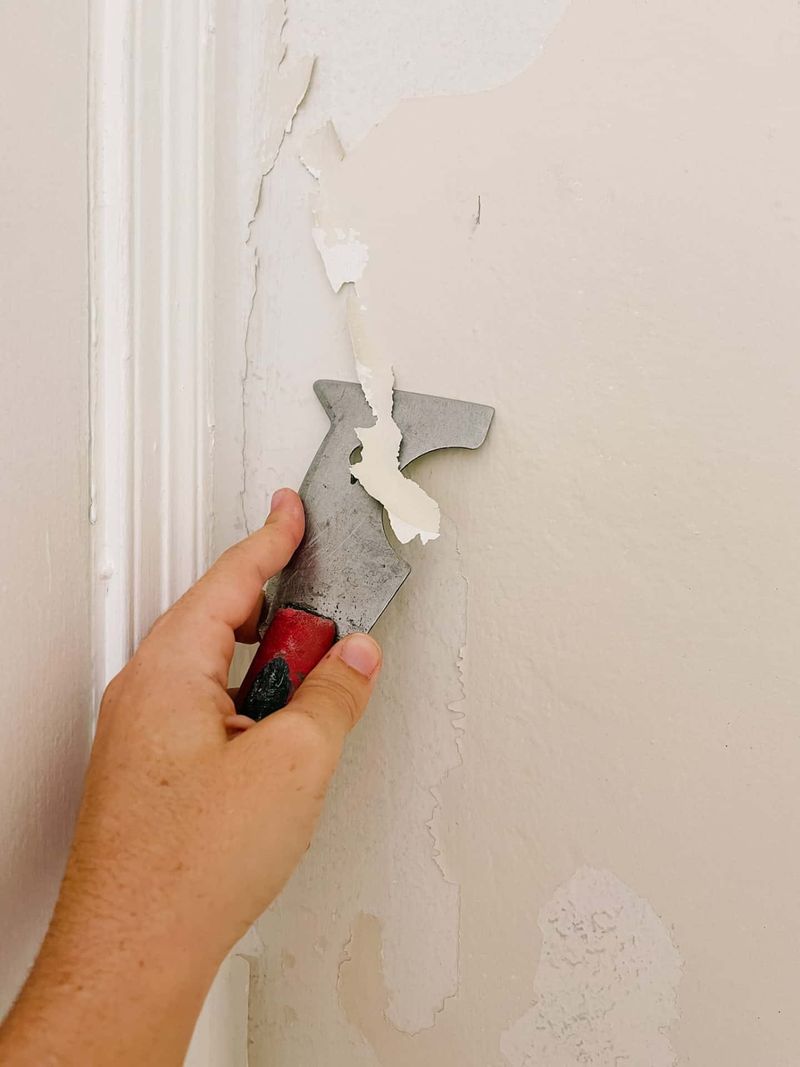
When exterior paint starts to flake, it’s more than a cosmetic issue. Paint protects your siding and trim from the elements—without it, moisture can seep in and lead to rot.
Catching small peeling spots early allows you to sand, prime, and repaint before the damage spreads. This simple upkeep can extend the life of your exterior surfaces and delay the need for a full repaint or siding replacement.
9. Tighten Loose Railings or Steps
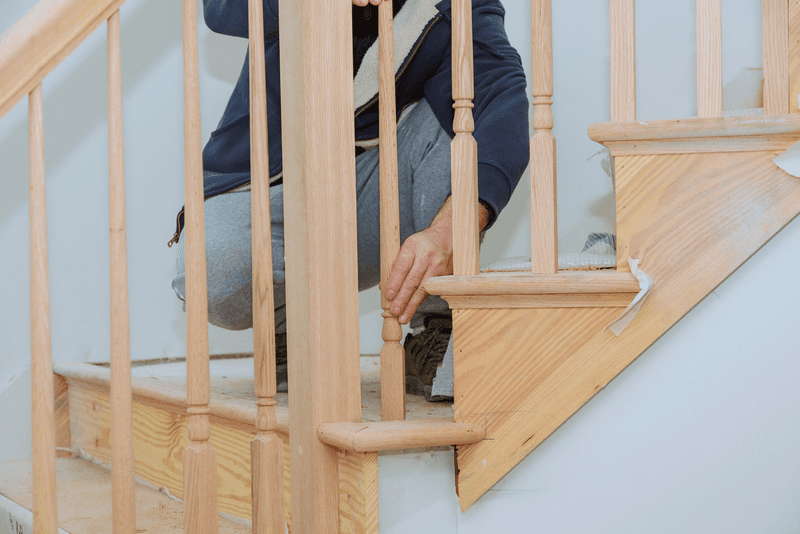
Wobbly railings and unstable steps aren’t just safety hazards—they can also signal deeper structural problems if left unaddressed.
A loose stair rail or deck post can worsen over time, putting stress on joints and fasteners. Tightening screws or replacing brackets now prevents the entire structure from weakening or failing. It’s a quick job that keeps your home safe and secure.
10. Replace Damaged Weatherstripping on Garage Doors
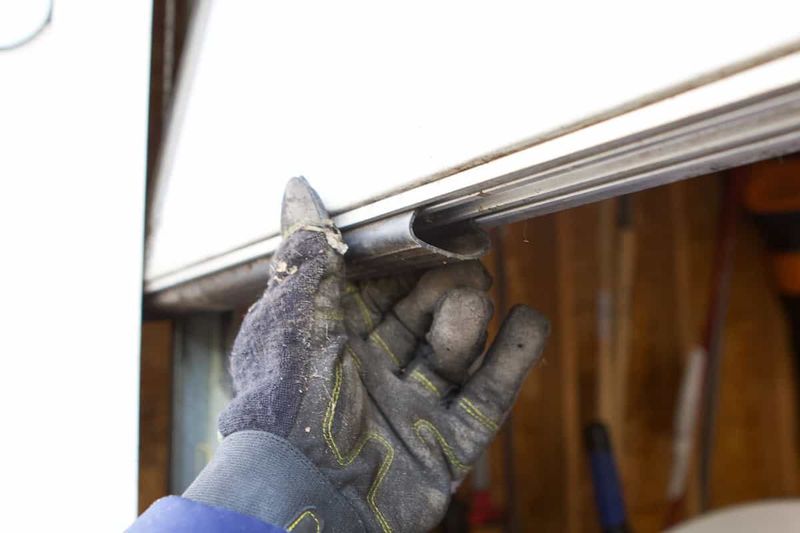
Worn-out seals at the bottom of garage doors allow water, pests, and outside air to creep in. This makes your garage colder in winter and more humid in summer.
Replacing the weatherstripping improves insulation and keeps your garage cleaner and more energy efficient. It also protects your belongings and prevents premature rusting of tools, bikes, and your garage door opener mechanism.
11. Unclog Slow Drains
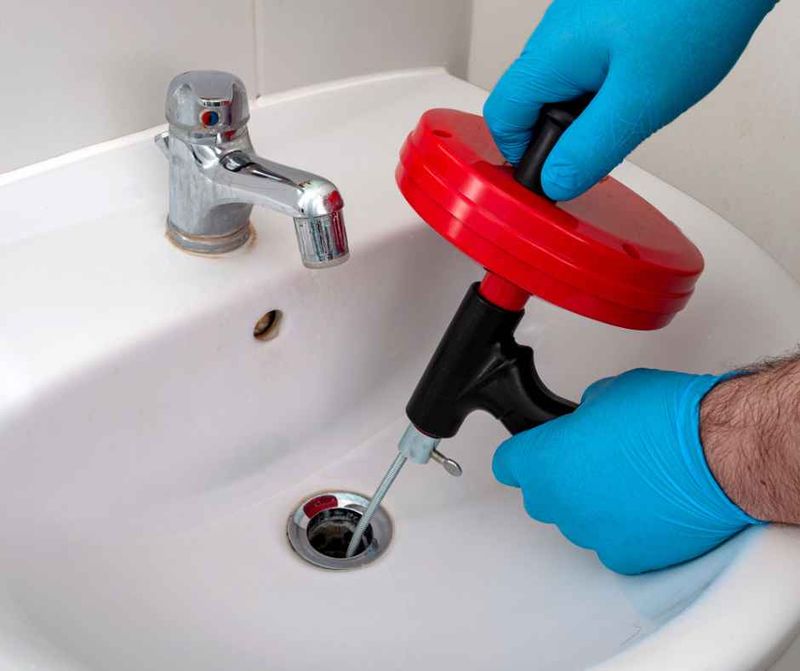
A slowly draining sink or tub is a warning sign of buildup that can eventually cause a total clog—or even a pipe burst from pressure.
Using a drain snake or natural cleaner can clear minor blockages before they become major problems. Ignore it, and you might end up with water damage, mold, or the need to call a plumber for an emergency fix.
12. Inspect and Insulate Attic
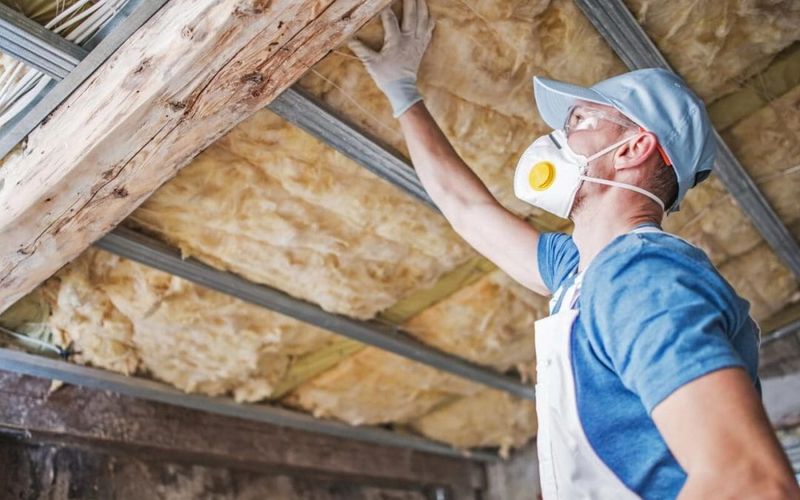
A drafty attic is one of the most common sources of energy loss in a home. Poor insulation allows heat to escape in winter and creep in during summer.
Inspecting for gaps and adding insulation can lower your energy bills and reduce the strain on your heating and cooling systems. It’s a relatively inexpensive project that pays for itself over time in energy savings.
13. Service HVAC Filters and Systems
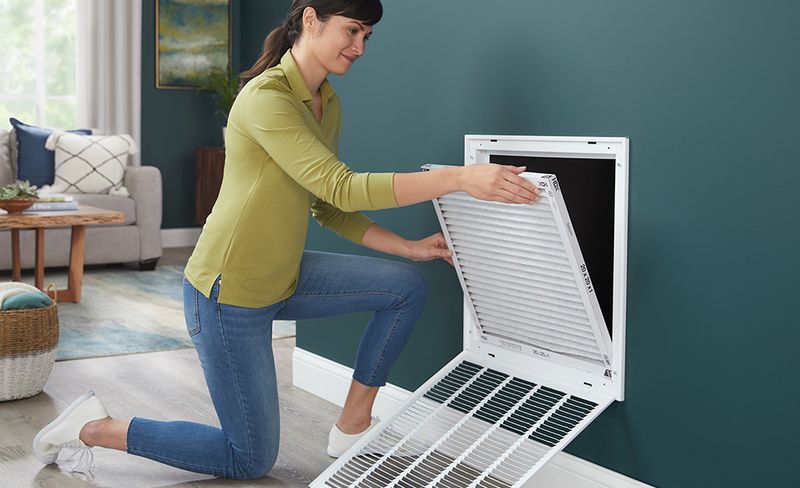
Dirty filters restrict airflow, making your HVAC system work harder and less efficiently. Over time, this can lead to breakdowns or the need for a full replacement.
Changing filters every 1–3 months and having annual maintenance checks extends the life of your system. It ensures clean air circulation and prevents costly service calls or equipment failures when you need it most.
14. Lubricate Squeaky Garage Door Springs
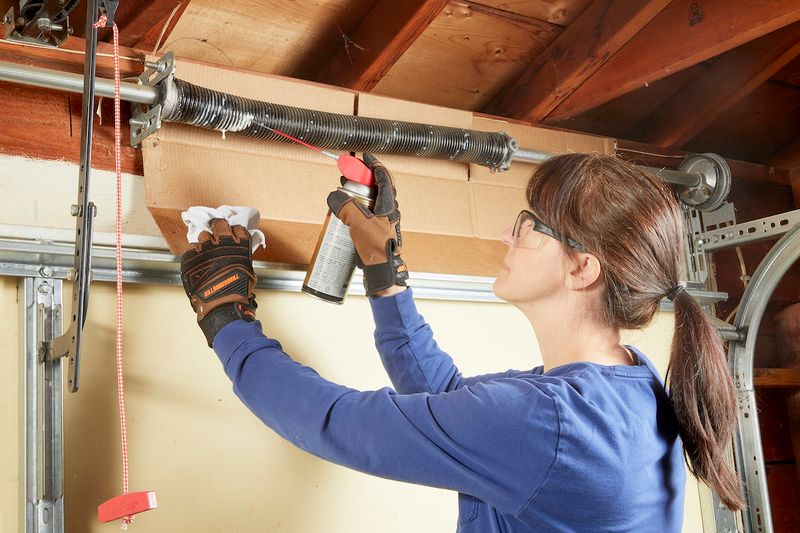
Squeaky garage door springs are more than a nuisance—they’re a sign of wear and friction that can cause parts to break.
Applying silicone-based lubricant to the springs, rollers, and hinges helps everything move smoothly. Regular lubrication prevents unnecessary stress on the motor and can extend the life of the entire door system.
15. Fix Loose Shingles
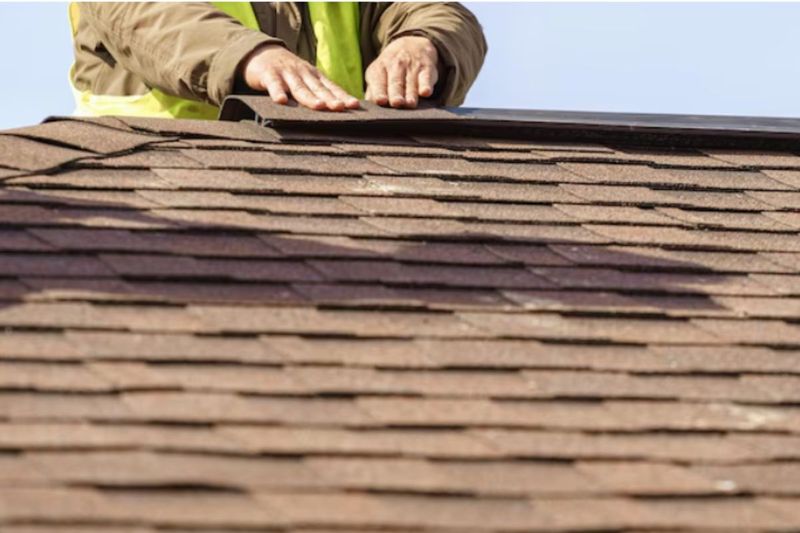
A single missing or loose shingle can allow water to seep beneath your roof’s surface. Once moisture gets in, it can rot your sheathing and insulation quickly.
Climbing up and re-securing or replacing a shingle takes minutes and costs very little. But putting it off can lead to thousands in interior water damage or mold remediation.
16. Regrout Tile Floors
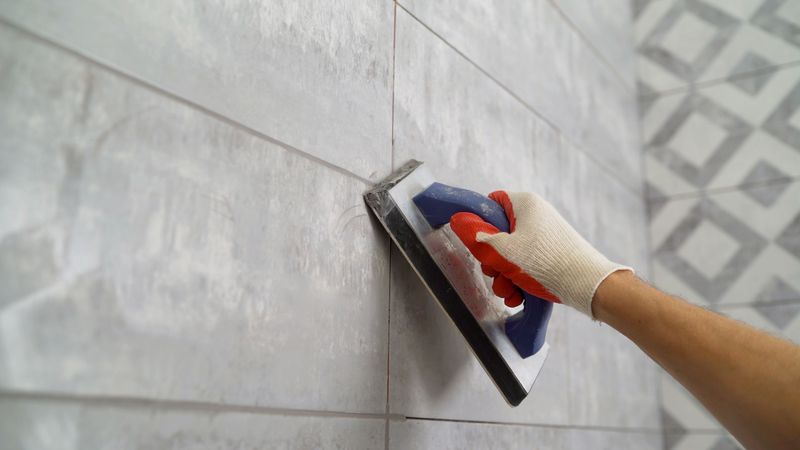
Cracked or missing grout exposes the underlayment of your tile floor to water and dirt. Over time, this can loosen tiles and damage the subfloor.
Regrouting is a simple, inexpensive project that refreshes the look of your floors and protects against moisture. Keeping grout in good shape helps your tile last for decades, not just years.
17. Replace Cracked Caulking Around Windows
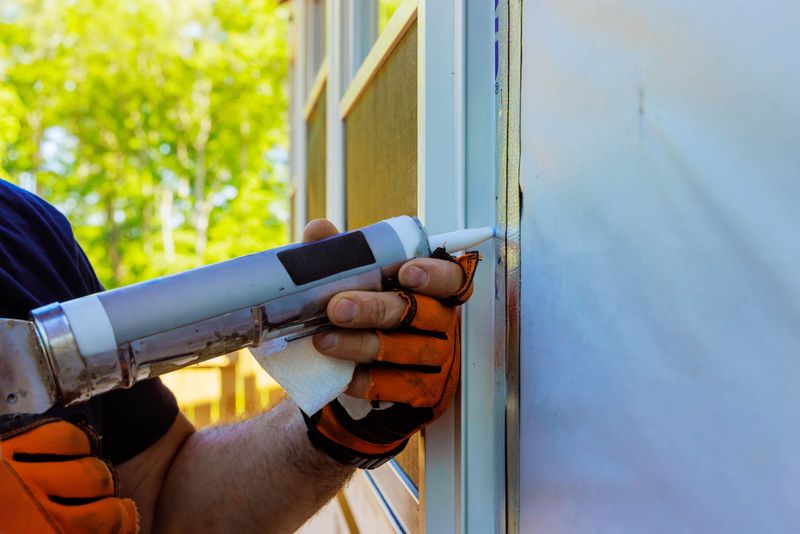
Gaps around window frames allow rainwater to sneak into your walls, leading to hidden rot, mold, or warped drywall.
Replacing cracked caulk is an easy DIY fix that protects your home’s structure and boosts energy efficiency. It’s one of the fastest ways to extend the life of your windows and prevent bigger problems later.
18. Drain Sediment from Water Heaters
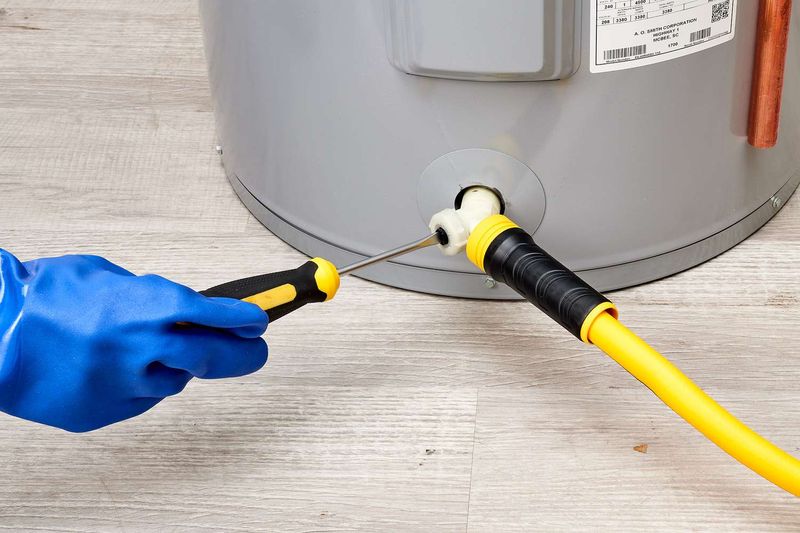
Over time, sediment builds up at the bottom of your water heater tank. This can reduce efficiency and shorten the unit’s lifespan.
Draining the tank once or twice a year flushes out debris and keeps your water heater running smoothly. Neglecting this step can lead to costly repairs—or total failure requiring full replacement.
19. Check and Reseal Deck Boards
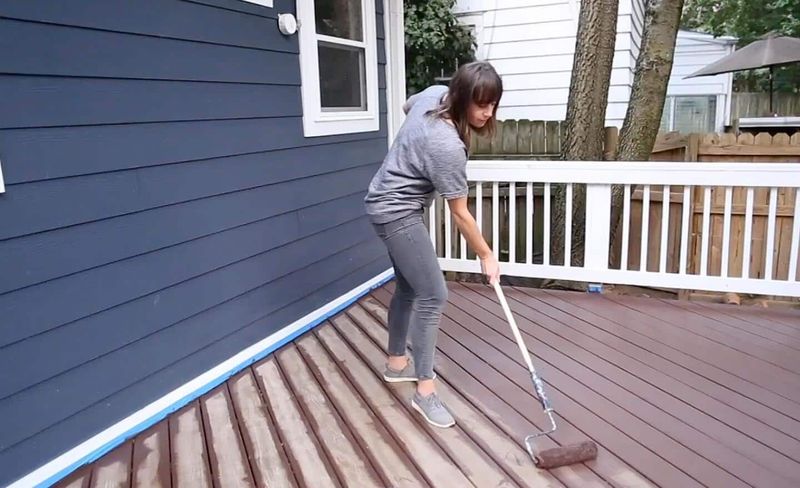
Wood decks take a beating from sun, rain, and foot traffic. If you don’t reseal them regularly, moisture can penetrate the wood, causing warping, splinters, and rot.
Applying a weatherproof sealant every couple of years protects your deck’s surface and structure. It’s a weekend project that can extend the life of your deck by a decade or more.
20. Tighten Loose Electrical Outlets

A wobbly outlet isn’t just annoying—it can be dangerous. Loose connections create heat, increasing the risk of electrical fires.
Tightening the outlet or adding outlet shims ensures a snug fit and safe operation. It’s a fast fix that provides peace of mind and keeps your home safer in the long run.

Comments
Loading…